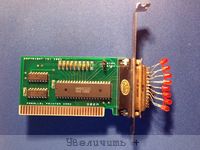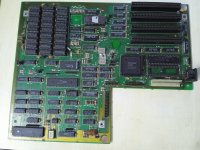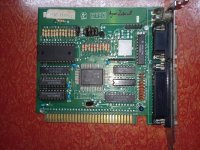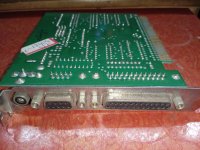modem7
10k Member
For those with an IBM 5150, i.e. RAM chips in bank 0 are soldered in, showing the bad bit/s for the 'first 2 KB test' is a good improvement over the previous version. (Screen shot at [here].)What are the changes:
- If something goes wrong during the 2 KB test, offending address and the bad bits are shown.
I have added a 'Ruuds diagnostic ROM for IBM 5150/5155/5160' link on minuszerodegrees.net (within the 'ROMs' section).
From that link, navigation is to four distinct web pages:
- ROM fitted to the 16KB-64KB version of IBM 5150 motherboard
- ROM fitted to the 64KB-256KB version of IBM 5150 motherboard
- ROM fitted to the 64-256KB version of IBM 5160 motherboard
- ROM fitted to the 256-640KB version of IBM 5160 motherboard




